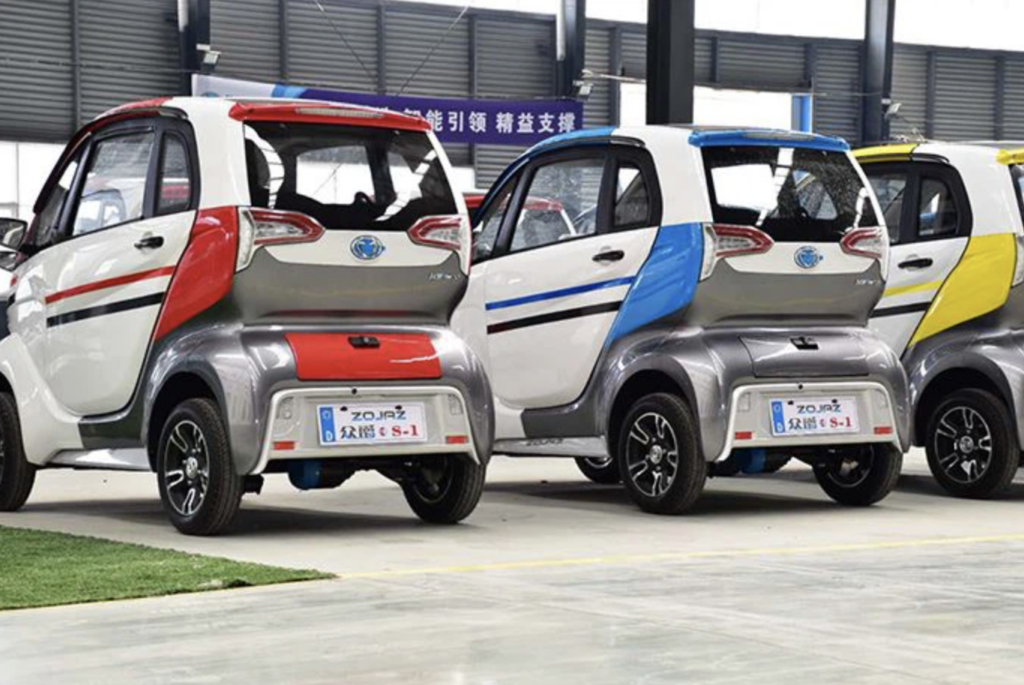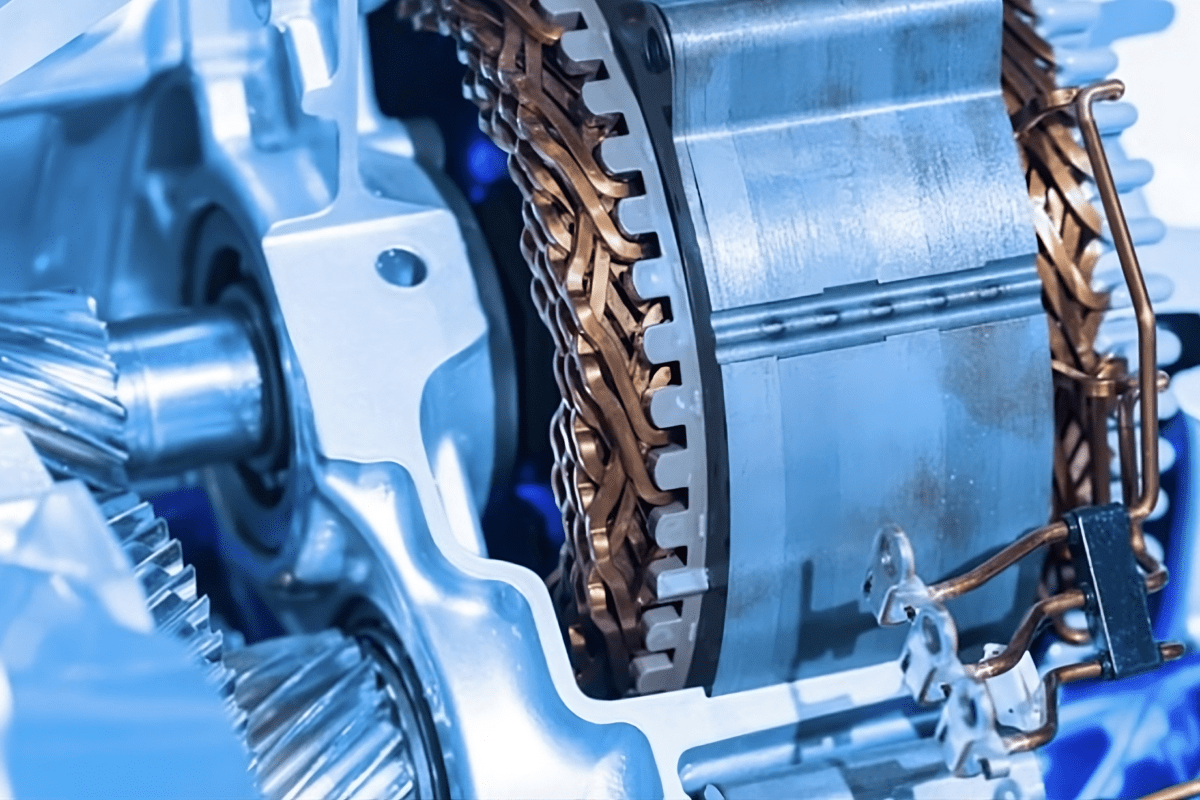Electric scooters, electric bikes, and electric cars will each play an important role in the transportation reality of the future as regulators seek to eliminate vehicles with internal combustion engines in the coming decades. Micromobility options like bikes and scooters are great for short trips in the neighbourhood, while full-size electric vehicles (EVs) will enable drivers to travel the long-distance highways and thruways to get from one place to another, especially with a growing network of fast chargers, as well as home charging.
But what about the people who don’t have garages to recharge EVs? Many cities lack the vehicle charging infrastructure to enable everyone who wants one to buy an EV; how can someone who lives on the tenth floor recharge their vehicle if they don’t have a charging station nearby, as is the case in most US cities? While bikes and scooters can be brought indoors for charging, that won’t work for a Tesla. And it’s likely that it will take years for a full urban EV charging infrastructure to be developed.
Clearly, residents of cities—as well as large suburbs, where housing stock includes apartment buildings and condominiums—need a different kind of vehicle, one that offers more flexible charging options. Vehicles with flexible charging capabilities that don’t require owners to run an extension cord outside their apartment window could entice many more people to take the EV plunge—and also help traditional OEMs to expand their vistas by opening up the EV market to buyers who, until now, would not have considered buying one.

Some automakers, as well as manufacturers of e-bikes and e-scooters, are ready to help in the form of small, light two- or four-seater EVs with limited maximum speeds. Known as minimobility options, these vehicles are somewhere between an electric bike and a car. They don’t have the capabilities on range or speed of a Tesla, these mini EVs—for example, those built by China’s Gaia New Energy—still provide drivers with a car experience, with a closed roof, windows, and comfortable seats, all while requiring a far smaller energy footprint. Already there are hundreds of thousands of these small, energy-efficient vehicles in use; Gaia itself exports to over 60 countries, according to the company.
The Gaia vehicles are an example of the emerging minimobility market—one that experts like McKinsey believe will grow significantly in the future. At least a third of Americans live in housing that does not afford them easy charging options for full size cars. This includes apartments, attached homes in cities, second floor units and homes without garages. According to experts, the dearth of those options is perhaps the biggest hurdle for many Americans who would, if they could, buy an EV. But the more flexible charging options on minimobility vehicles could allow them to take advantage of the EV revolution. Like with electric scooters and bikes with removable and rechargeable batteries, the smaller batteries in minimobility vehicles will likely enable designers to make them easily removable and rechargeable indoors.
There are other reasons that the minimobility market is likely to grow. Smaller, easier to manoeuvre minimoblity vehicles are much easier to park on crowded city streets, solving a major headache for any urban car owner. And then there’s the price; in an era when the average price of a new full-size car is around US$50,000, the far smaller pricetags on minimobility EVs—the Gaia models cost less than US$10,000—make them a very attractive option.
Of course, minimobility vehicles don’t have the range or speed capacity of their bigger EV siblings; batteries in these vehicles are by definition smaller, so they have less power. For example, most of these vehicles can’t exceed 30mph. But for urban residents whose speed is limited by traffic and the need to stop at traffic lights or stop signs on nearly every block—and whose commute to the store or office is likely to be far shorter than that of suburban residents— those limitations are unlikely to be a major factor. And, perhaps surprisingly, these vehicles will work for suburban residents, too; data from the US Office of Energy Efficiency and Renewable Energy shows that some 60% of all Americans’ driving trips are six miles or less, certainly appropriate for minimobility vehicles.
The smaller batteries in minimobility vehicles will likely enable designers to make them easily removable and rechargeable indoors
Minimobility vehicles can be a boon for the car business, too; they can open up new markets for established OEMs, who can use their existing dealership network to reach out to market segments—urban dwellers and those seeking cheaper, limited use vehicles—that are not being served effectively.
And the spread of these vehicles provides yet another option for vehicle sharing platforms, especially in urban areas. Service providers whose apps enable users to rent cars by the hour or the day could offer minimobility vehicles as a more flexible and cheaper option, perfect for an individual who needs to get from one place to another, but doesn’t need a back seat or big trunk, and is not prepared to travel on an e-scooter or an e-bike.
At the moment, traditional American, European, and Japanese OEMs aren’t yet offering minimobility vehicles. That could be a mistake; there are already several Chinese companies offering these vehicles, and they currently have no real competition. For American manufacturers especially, these markets could be a boon; most Americans are more likely to trust a GM or Ford nameplate over a Chinese one.
Automakers worldwide and especially in the US are currently posting record profits, giving them perhaps less motivation to develop new manufacturing lines to serve new markets. But the demand for minimobility is there; it’s just a question of who will win the market. Traditional automakers should be thinking about how to approach these markets—and prepare themselves appropriately.
About the author: Ron Soreanu is General Manager International Business and Vice President of Operations at Ravin.ai



